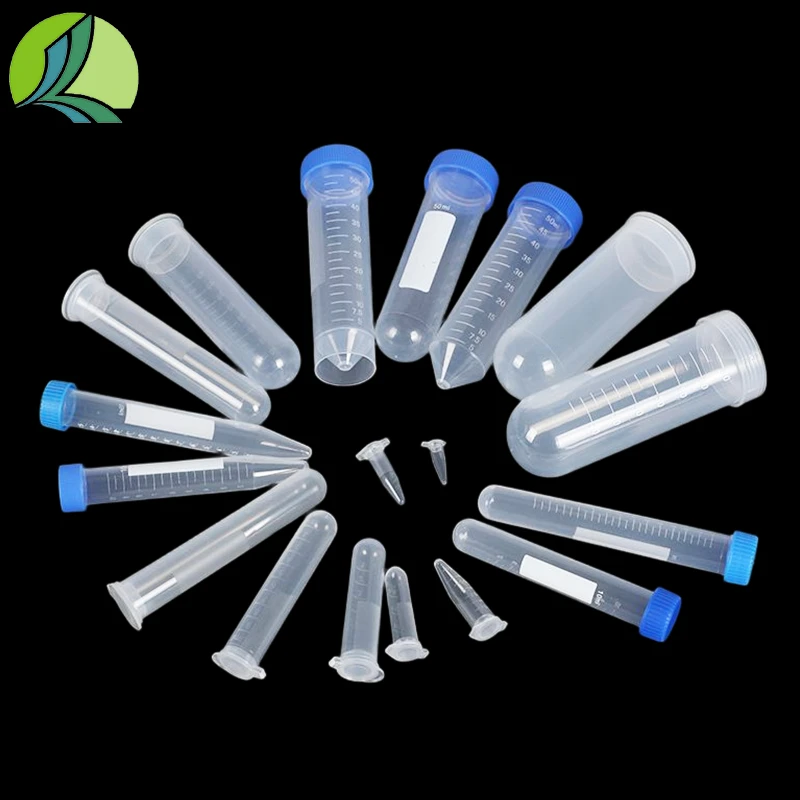Tiny Plastic Dropper for Precise Liquid Dispensing and Efficient Use
The Versatile Small Plastic Dropper A Key Tool in Everyday Life
In our fast-paced world, where precision and convenience are paramount, the small plastic dropper has emerged as an unassuming yet crucial tool across various fields. Whether you find one nestled in the corner of a laboratory, aiding in scientific experiments, or in a household cabinet, ready for use in essential tasks, the small plastic dropper is a remarkable example of how simple items can have significant impacts in our daily lives.
What is a Small Plastic Dropper?
A small plastic dropper is typically a cylindrical tube with a tapered end that allows for accurate dispensing of liquids in controlled amounts. Made from flexible plastic, these droppers are lightweight, durable, and often disposable, making them ideal for one-time use in many situations. The design is straightforward yet effective, allowing users to draw liquid into the tube through suction and subsequently release it drop by drop.
Applications in Medical and Scientific Fields
In the medical and scientific fields, small plastic droppers are indispensable. They are used for administering medication, especially for infants and pets, where precision in dosage is vital. The ability to dispense small amounts, such as liquid vitamins or essential oils, makes droppers an ideal option for ensuring patients receive the correct dosage without the risk of spills or overmedication.
Moreover, laboratories utilize these droppers to measure and transfer liquids with precision. Whether it’s conducting titrations in chemistry or adding reagents in biological assays, the dropper’s accuracy helps ensure experimental reliability. The transparent nature of many plastic droppers allows users to see the liquid levels clearly, adding to their usability in high-stakes settings.
small plastic dropper

Household Uses and Creative Applications
Beyond their scientific roles, small plastic droppers have a plethora of household applications. They are frequently used in cooking and baking, where they help measure and add ingredients such as vanilla extract, food coloring, or vinegar in small quantities. This level of control is particularly beneficial in recipes demanding precision for optimal flavor and appearance.
Creative individuals also find new uses for droppers in arts and crafts. They are popular tools for artists who wish to create controlled splashes or intricate designs with paint and ink. Additionally, educators often employ droppers in classrooms to facilitate hands-on learning experiences in science projects, such as exploring chemical reactions or studying plant absorption rates.
Environmental Considerations
While plastic droppers serve various functions, their environmental impact merits consideration. Many are made of single-use plastic, which contributes to the growing issue of plastic waste. However, eco-friendly alternatives made from biodegradable materials or reusable glass options are gaining popularity. Researchers and manufacturers are increasingly focused on developing sustainable products that retain the functionality of traditional plastic droppers.
Conclusion
The small plastic dropper is more than just a tool—it is a vital component in both scientific inquiry and everyday life. Its versatility spans medical applications, culinary uses, and creative endeavors, showcasing its role in enhancing precision and convenience. As we continue to navigate issues of sustainability, the evolution of the dropper into more environmentally friendly alternatives is critical. Moving forward, embracing innovations that reduce waste will ensure that this humble tool remains a staple of our workshops, kitchens, and laboratories for generations to come. In recognizing the value of such simple objects, we understand that even the smallest tools can play significant roles in our lives, helping us to achieve greater accuracy, creativity, and effectiveness in our daily tasks.
-
Aesthetic Makeup Spray Bottles | Fine Mist Empty RefillableNewsAug.19,2025
-
White Plastic Veterinary Vaccine Vials | Lab Liquid BottlesNewsAug.18,2025
-
Plastic Medicine Liquid Bottle: Secure Flip Top Drug VialsNewsAug.17,2025
-
Durable 250ml Blue Plastic Vaccine Vial for Lab & Vet UseNewsAug.16,2025
-
Sterile Virus Sample Tubes: Secure & Reliable Specimen CollectionNewsAug.15,2025
-
White 250ml Plastic Vaccine Vial for Lab & Vet MedicineNewsAug.14,2025
























